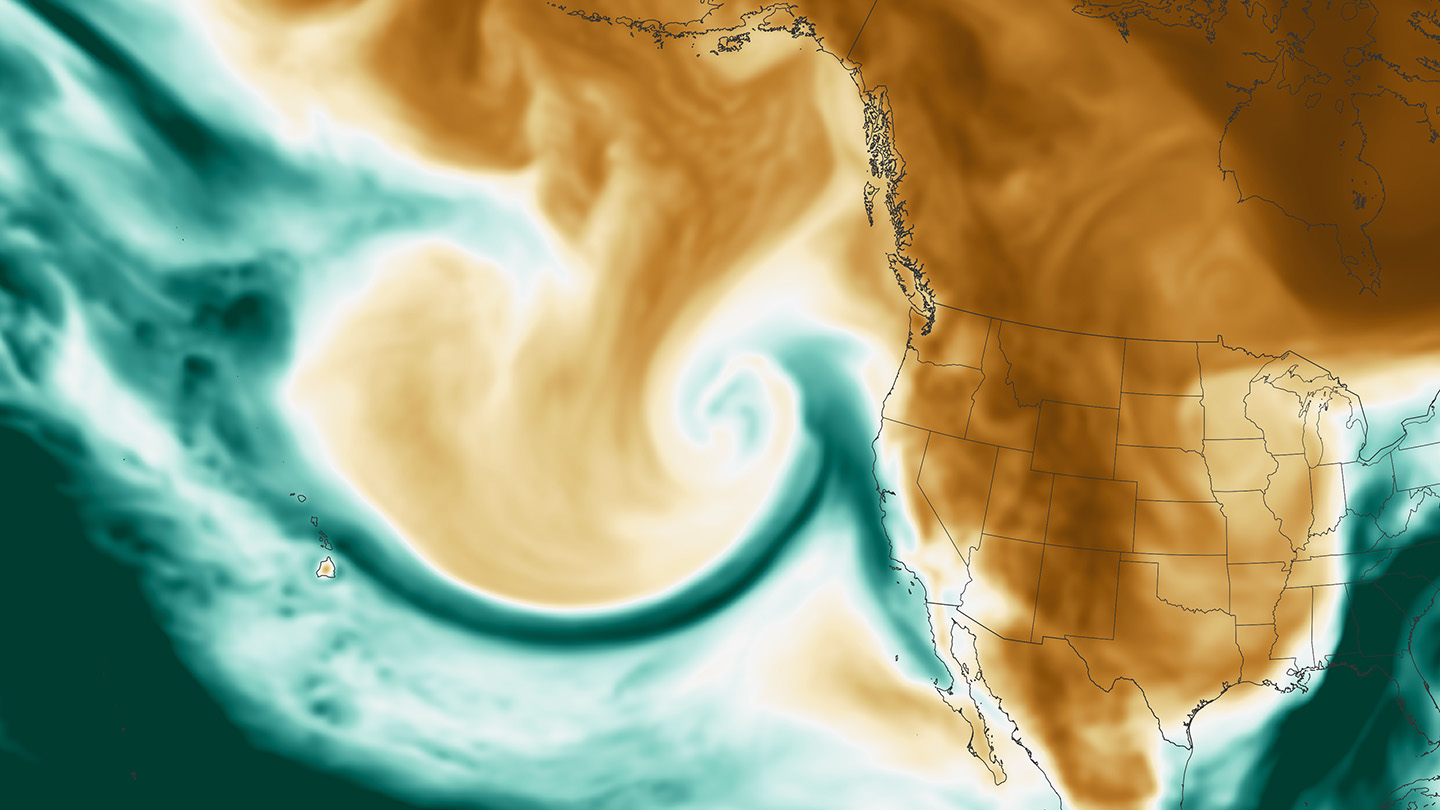Deluge Dilemma: Why Massive Storms Might Still Leave SoCal's Groundwater Thirsty

In a dramatic display of nature's unpredictability, California experienced an extraordinary series of atmospheric rivers throughout 2023, drenching the state with unprecedented rainfall. Despite the seemingly relentless deluge that swept across the landscape, these powerful storm systems managed to replenish a mere 25 percent of the groundwater lost from the state's critical aquifers since 2006.
The stark contrast between the intense precipitation and minimal groundwater recovery highlights the profound water challenges facing California. More than a dozen atmospheric rivers cascaded across the state, bringing torrential rains that captured national attention and temporarily eased drought conditions. However, the underlying hydrological deficit tells a more complex story of long-term water resource depletion.
Experts warn that while the dramatic storms provided temporary relief, they represent only a small step in addressing the state's deep-rooted water scarcity issues. The modest 25 percent aquifer restoration underscores the urgent need for comprehensive water management strategies and sustainable groundwater conservation efforts.

